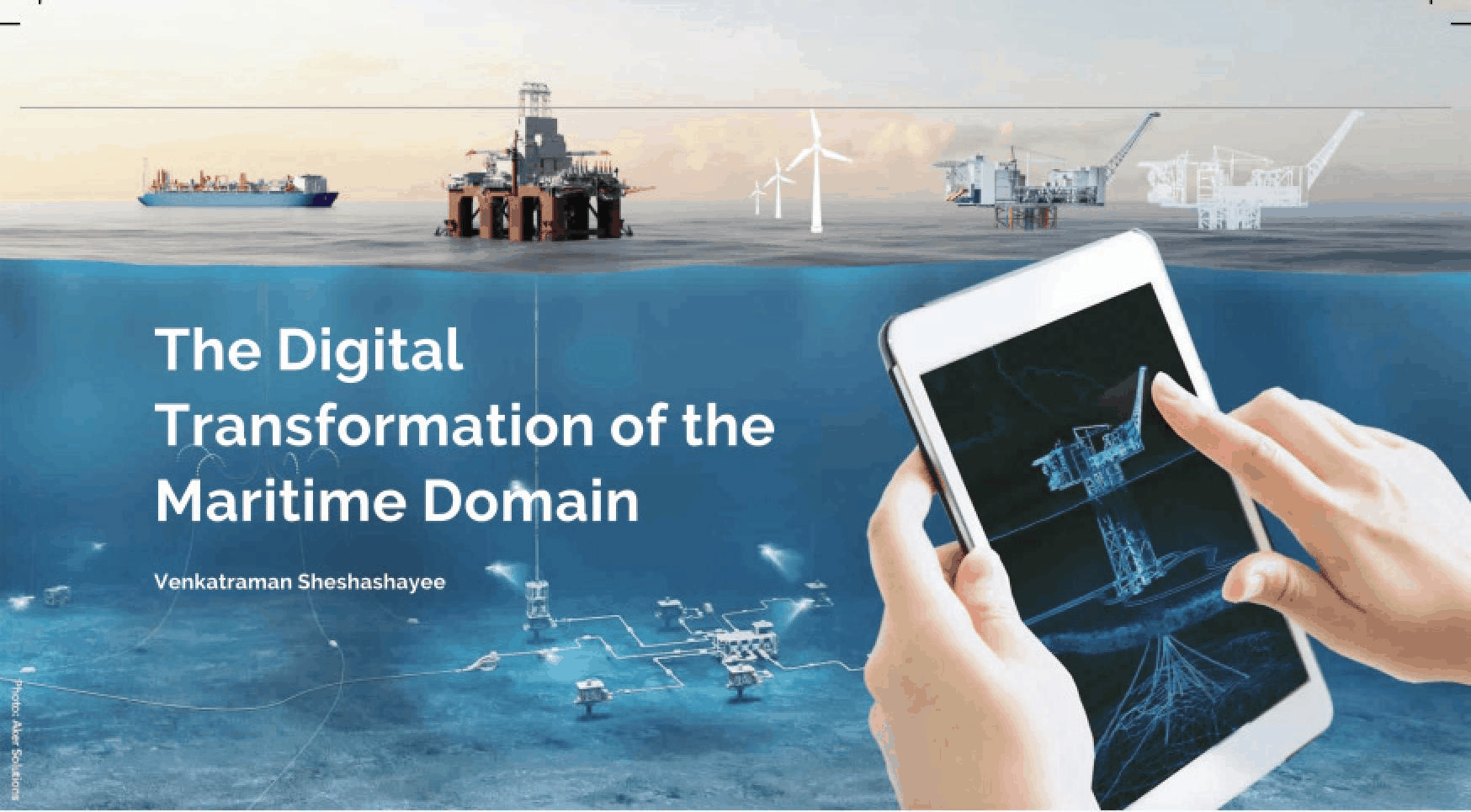(This article originally appeared in June 2018 edition of Marine Engineers Review, Vol 12, Issue 7, Journal of The Institute of Marine Engineers (India), and is being reproduced here for readers of TheNavalArch’s blog)
The maritime domain is gradually coming to terms with the dawn of the Fourth Industrial Revolution. An industry that has largely resisted or ignored technology is being forced to reconsider its stand. The adoption of technology in the maritime space is driven primarily by two factors – the need to become more cost efficient and the looming shortage of traditional skills. Both these factors have the potential to have serious and lasting impact on this sector, and technology is being seen as a panacea.
What do we mean by ‘technology’, which is such a broad term that encompasses anything from steam engines to brain computer interfacing? Which aspects of technology are threatening (or promising) to reboot the maritime world?
Artificial Intelligence
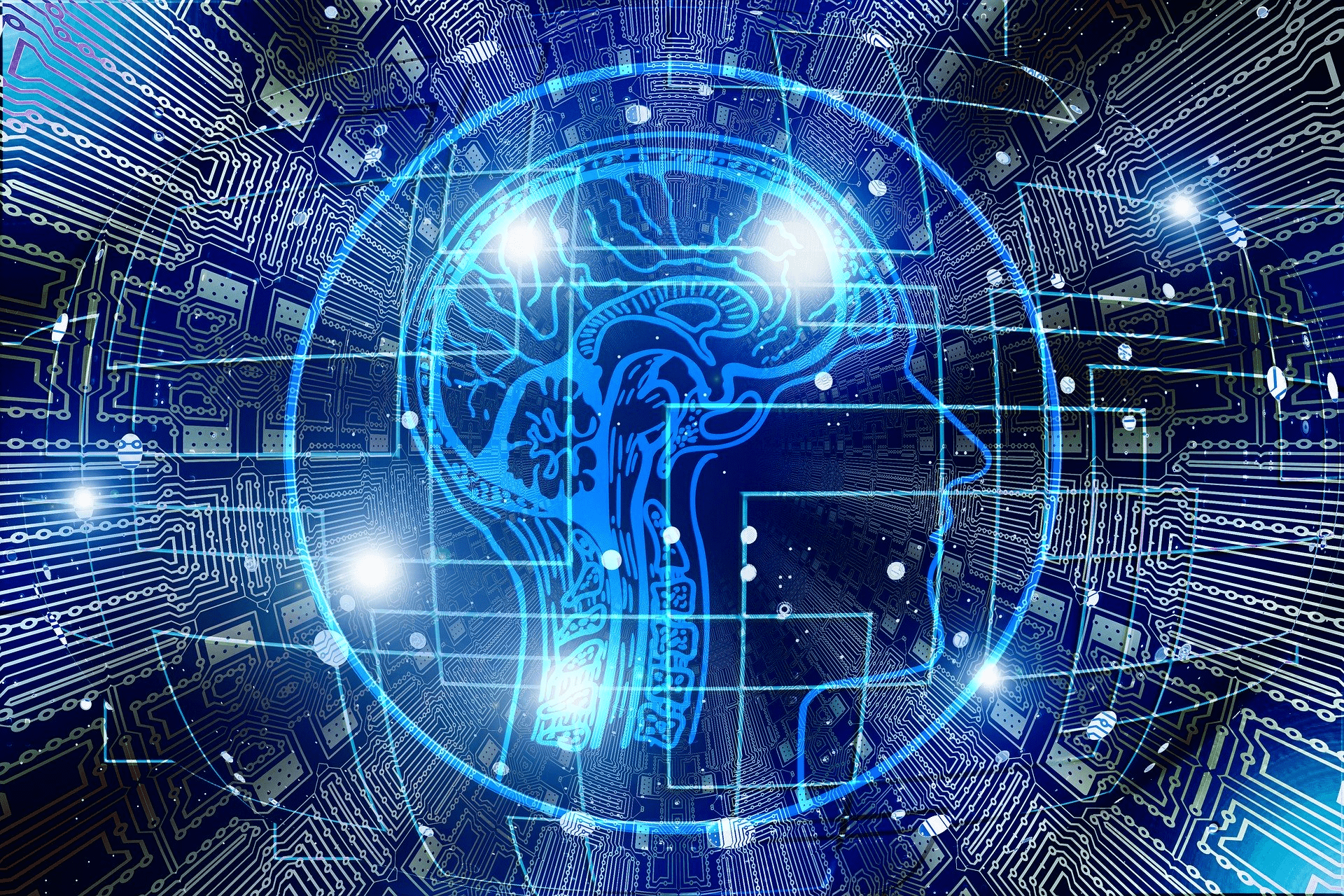
First, there is Artificial Intelligence. Al subsumes a broad set of technologies incorporating machine learning, neural networks, cognitive networks, natural language processing, advanced robotics, etc. Each of these is a vast subject on its own. Together, they have the potential to change the world in alarming and amazing ways. Al, properly deployed on vessels, can lead to smart equipment capable of diagnosing themselves, ships that can choose the most economic route to their destinations without (and even in spite of) human intervention, vessel convoys forming and separating when required, cargoes being allocated to vessels to maximize capacity utilization and minimize ton-miles. The list is practically endless. We can be sure of one thing – Al will impact every single aspect of the maritime value chain sooner than most of us expect.
Transiting to Al is unlikely to be smooth and seamless. There are and will be myriad challenges. Who will lead? Who will drive? What standards will be followed? What role will IMO play? What role will flag states play? How will Al impact seafarers? How will it affect on-shore managers? To what far reaches of the value chain will AI extend? How secure is it? Who will guard it? What can happen if there is a breach? Who is responsible, the ship’s crew or the vessel owners or the software developers?
Sensor Technology/IoT in Maritime Industry
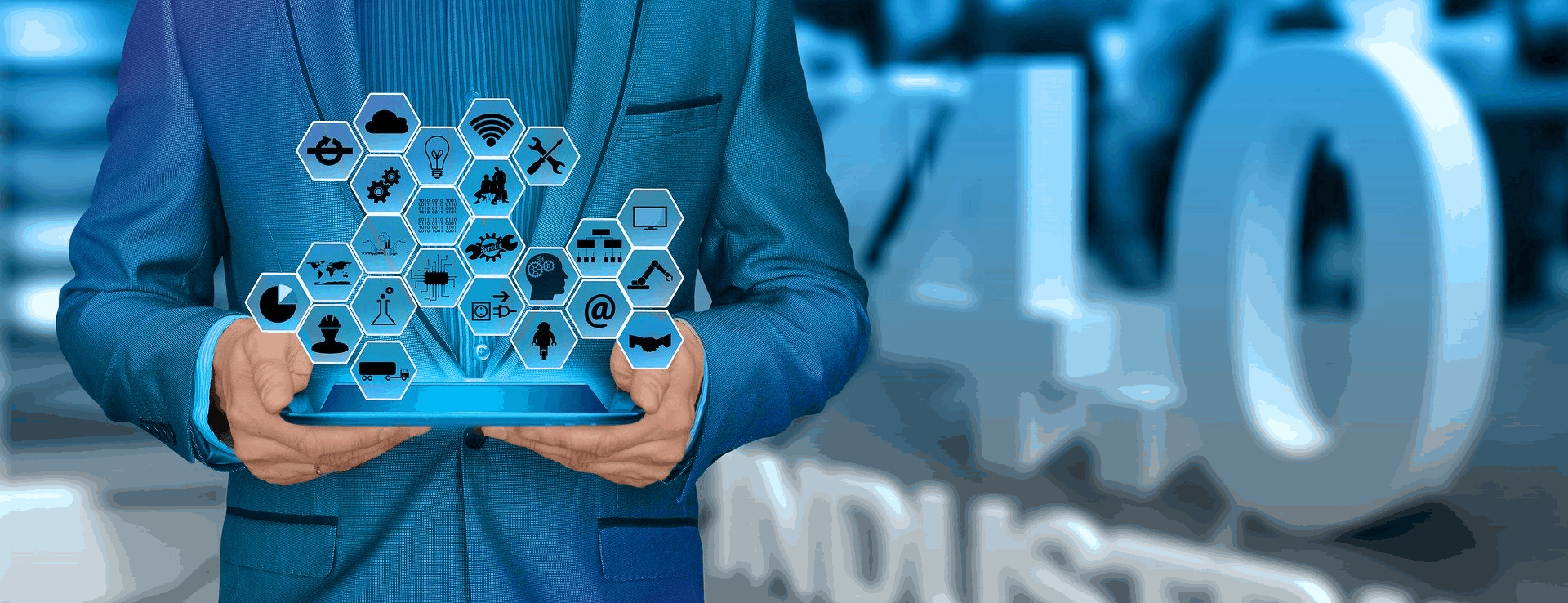
Second, there is situational awareness through sensor technology. While this can be seen as a part of AI, it is also distinct in many ways. Sensors enable physical systems to perceive the world around them and help them respond and react in the most beneficial mariner possible. Sensor technology is what allows driver less or autonomous cars to wend their way safely on busy roads. It allows the monitoring of the aged and the young, the tracking of wellness, the surveillance of criminal acts, the disruption in weather patterns.
Sensor technology is not new. All of us have encountered it, sometimes on a daily basis. If you have washed your hands in an airplane toilet, you have met and used sensor technology. The proliferation and the interaction and the data generation are what make this truly transformational.
Here again, there are challenges that the quality and accuracy of data, the seamless connectivity between sensors and their servers, the integrity and resilience of sensors in diverse environments, the security of the data – all of these are issues that need to be considered, dealt with and resolved.
Data Connectivity in the maritime world
Third, for Al and sensors to fulfil their potential, we need connectivity. Currently, maritime connectivity is pathetic, even if one is being kind. The current technology in use (FBB, Satcom) were state-of-the-art in the nineties. Higher data rates, lower latency, satellite wi-fi these are just a few changes that are on the horizon.
As connectivity improves, onboard systems and sensors will start integrating into the Internet of Things, and by doing so, gradually become more intelligent, predictive, responsive and capable.
Maritime Cybersecurity
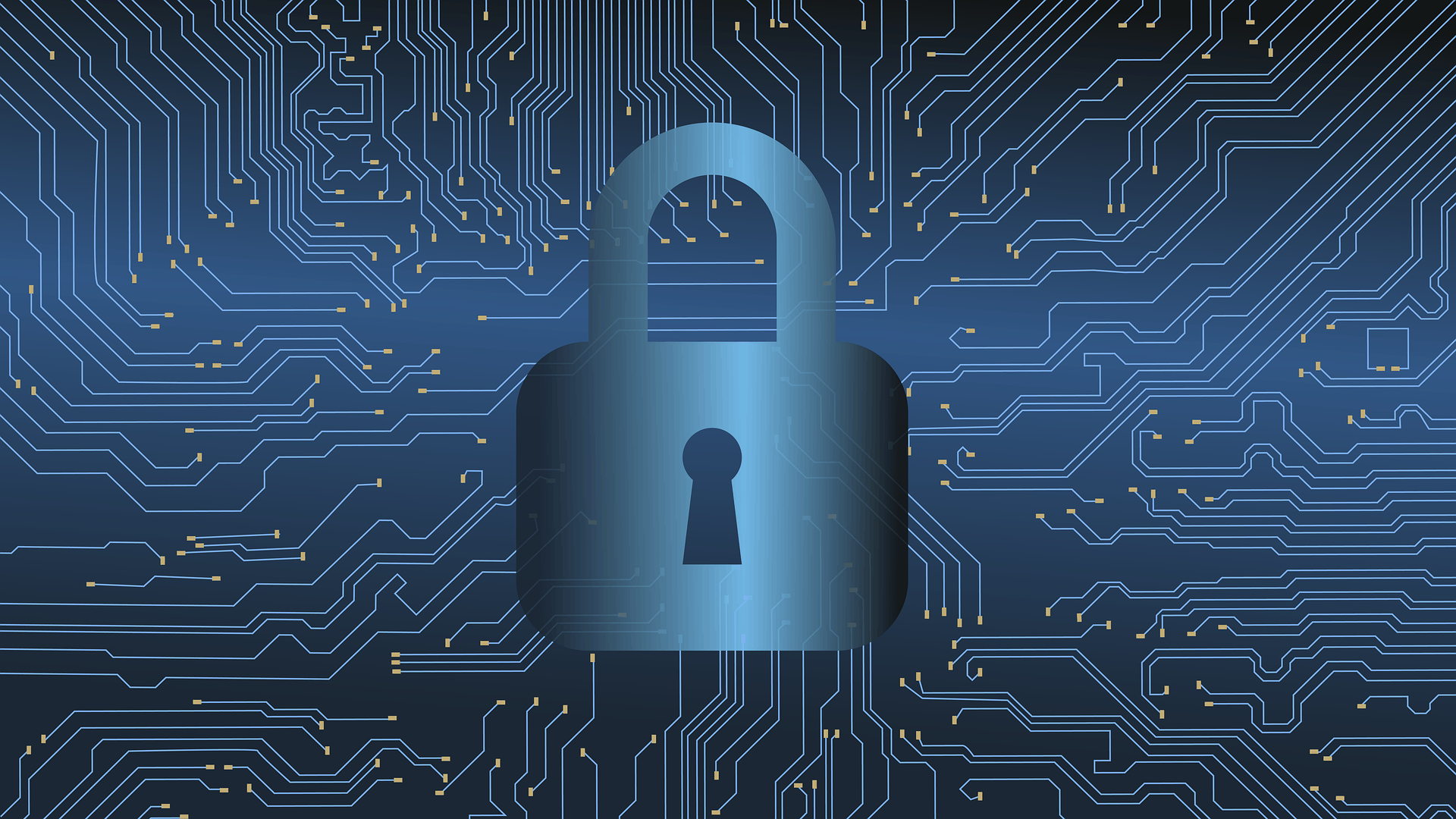
Four, to ensure that all the above technologies are secured and safe. Cybersecurity will need to go into overdrive.
Any disruption to connectivity or malicious interference can have devastating outcomes. As the spread of sensors and Al increases, security becomes increasingly critical as an attack can disable, take control or even destroy remotely without warning.
Technologies that are currently being deployed ashore such as adaptive security architectures and Al enabled reactive security will need to be embraced and quickly. Insurance will need to adapt. Standards will need to be set. Security infrastructure and behavior will need to be monitored and audited.
Regulatory Regime, and the need to collaborate for emerging technologies
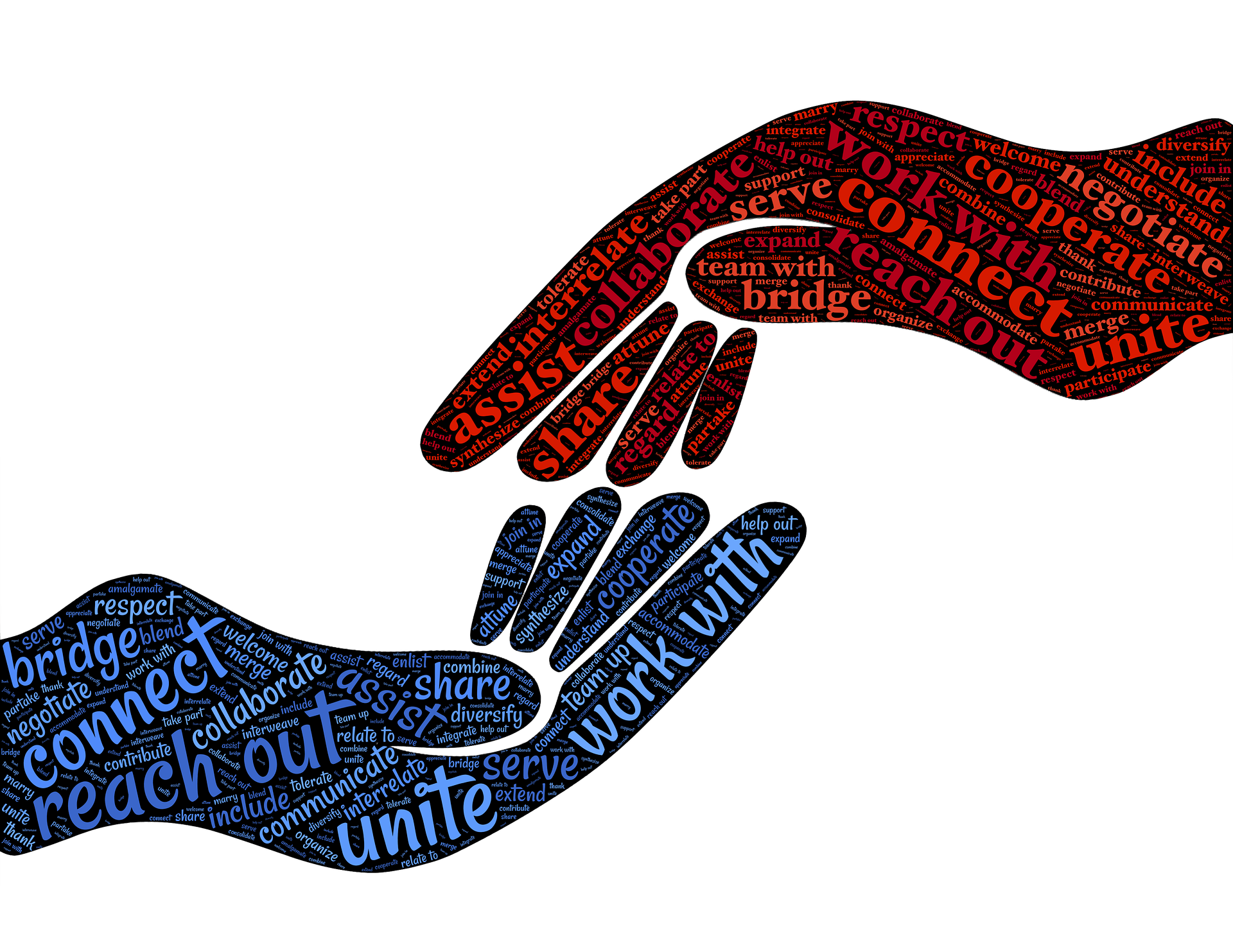
Overlaying all these is the regulation of emergent technology. Traditionally, regulation lags technology. While this may not be life threatening in cases of privacy in social media and speculation in crypto-currency, it is absolutely critical in a global, disconnected, remotely managed sector like maritime. Class Societies, Flag States, IMO, Insurance Companies, Port State Controls, OEMs, Shipbuilders, et al have to collaborate and coordinate to establish clear norms to manage the advent of and spread of transformative technologies. While doing so, they have to be careful not to smother it with restrictions and risk averseness. Maritime regulation needs to learn to manage risk not avoid it. Appropriate regulation can help safeguard against non-conforming quality and deviation from standards.
It can help allocate ownership and responsibility. It can help define liability and its root. Some classification societies have already started work in this area, but a much more concerted and orchestrated effort is required.
The virtual revolution will change shipping in ways that we, even today, do not anticipate. The benefits are tremendous – enhanced safety, lower operating costs, prediction and pro-action, increased efficiency, real time oversight. The path to this nirvana is unlikely to be paved. The disruption that the maritime world is quaking in anticipation about is not so much the technology itself: rather, the uncertain steps and painful stumbles that we will encounter getting to where we should be.
Disclaimer:
The views, information, or opinions expressed in this article are solely those of the author and do not necessarily represent those of TheNavalArch Pte Ltd and its employees
This article originally appeared in June 2018 edition of Marine Engineers Review, Vol 12, Issue 7, Journal of The Institute of Marine Engineers (India), and is being reproduced here for readers of TheNavalArch’s blog.
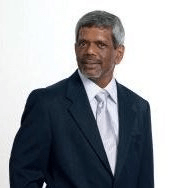
Venkatraman Sheshashayee
Former CEO | Mentor to Boards, Promoters and Professionals
Venkatraman Sheshashayee (Shesh) is Managing Director of Radical Advice, a business transformation advisory based in Singapore. He has over 34 years of experience in manufacturing, shipping and offshore oil & gas.
Shesh’s previous roles include CEO & ED of Miclyn Express Offshore, CEO & ED of Jaya Holdings Limited and Managing Director of Greatship Global.
In his new avatar, Shesh helps mentors Boards, Promoters and Professionals and helps them achieve their potential.
Shesh is the author of the ‘CEO Chronicles’ series on navigating careers and the ‘What Women Want’ series on gender awareness, published on LinkedIn and Medium.
He can be reached at vshesh@radicaladvice.net
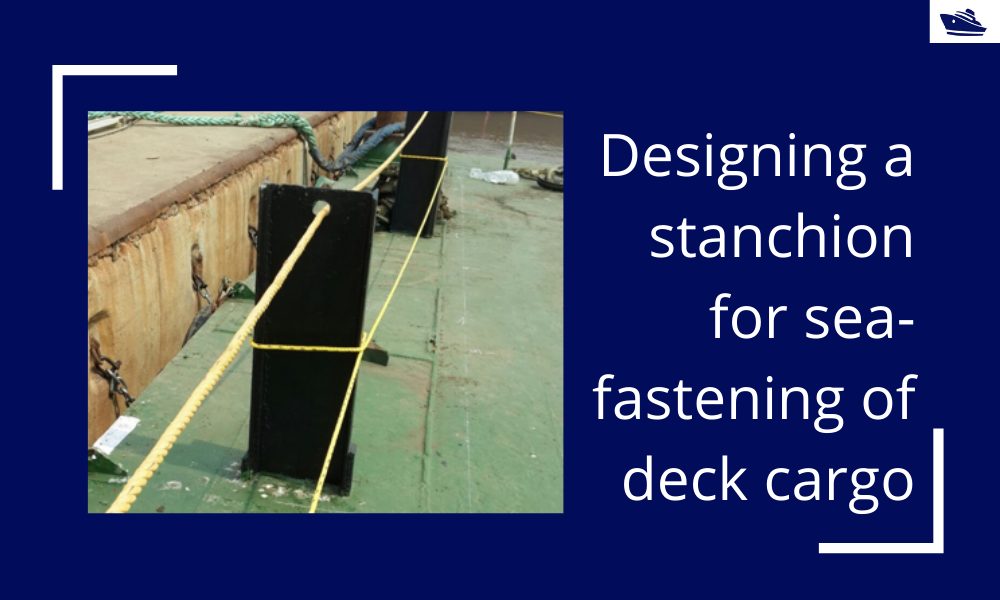
Designing a stanchion/stopper for sea-fastening of deck cargo
Introduction Stanchions – a familiar term for mariners and ship designers. What are Stanchions? A stanchion is generally a vertical pipe or beam which is used to support some structural item or provide support rails on the deck. In ships, the most common type of...
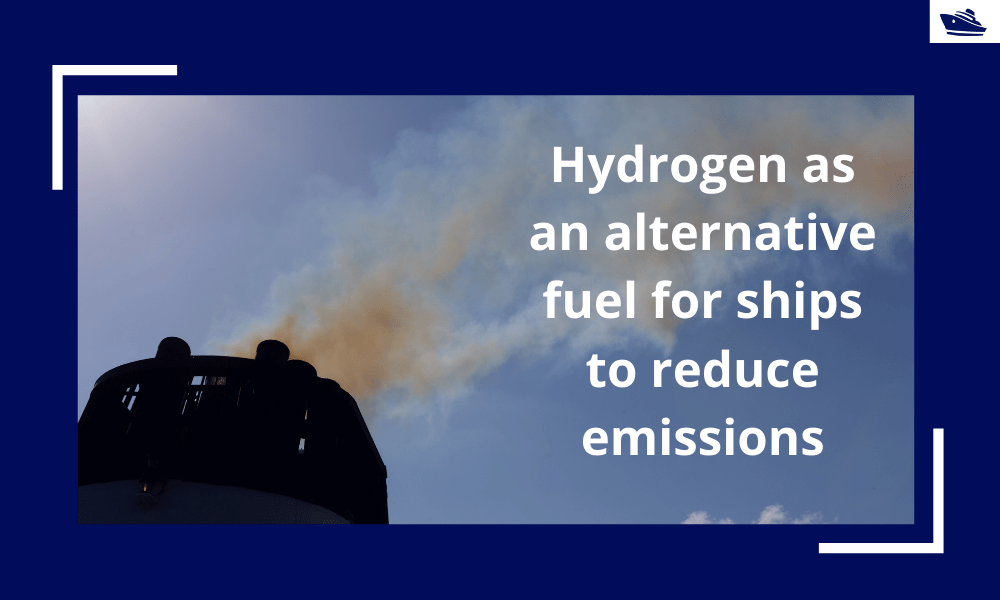
Hydrogen as an alternative fuel for ships to reduce emissions
,This article first appeared in the Feb 2019 edition of Marine Engineers Review. It is being reproduced with minor edits here for the readers of TheNavalArch's blog. Introduction The world is on facing a grave environmental challenge with an increase in carbon...
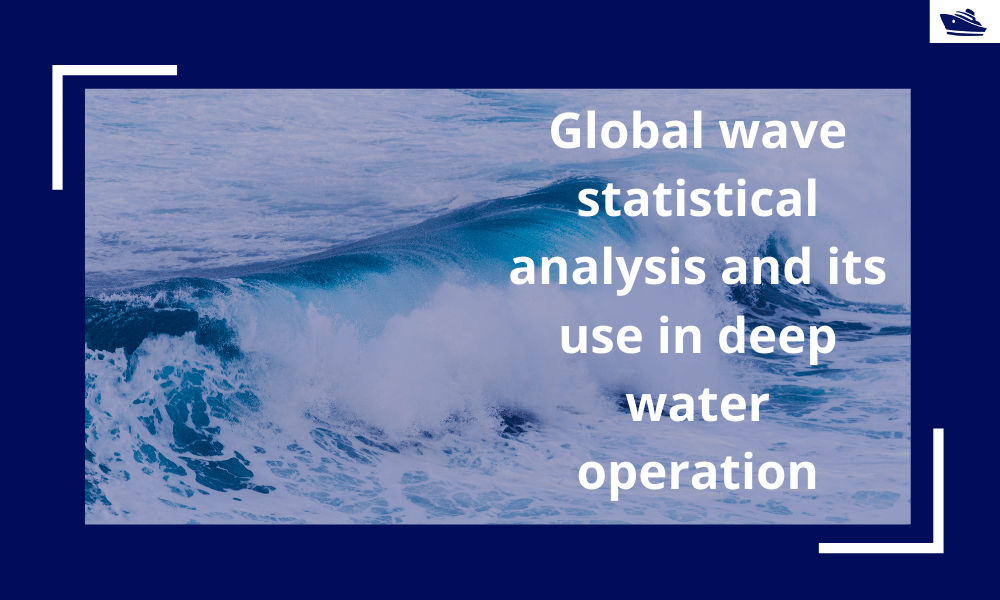
Global wave statistical analysis and its use in deepwater operations
Why do we need wave analysis? For the design of offshore operations such as installation and transport of offshore structures, as well as lifecycle design of floating and fixed structures, knowledge of extreme waves as well as the probability of different sea-states...
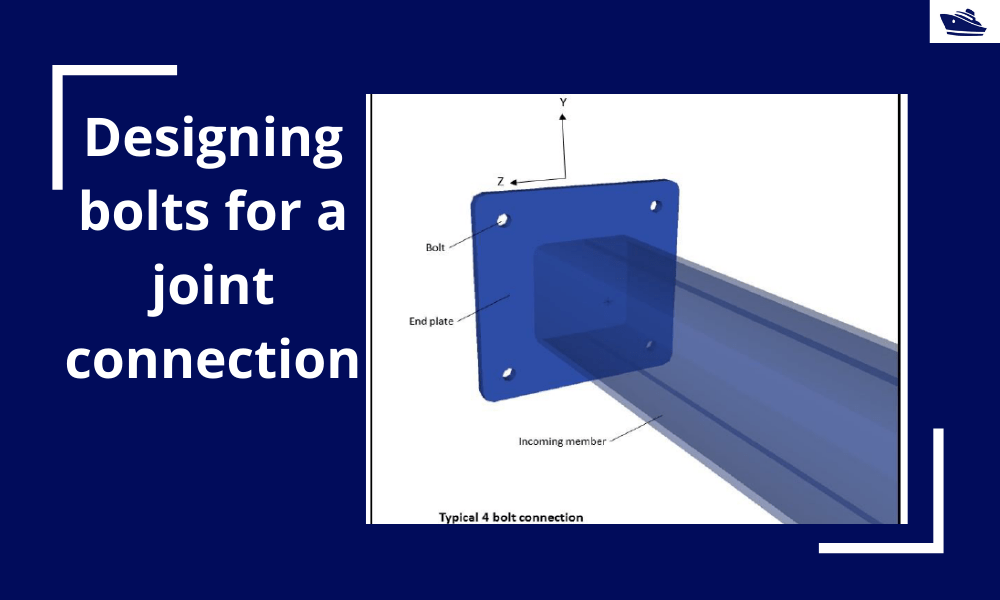
Designing bolts for a joint connection
Introduction Bolts are very commonly used fastening items and used in a variety of configurations. In this article, we will explore in-depth the design of a bolt used in connecting two members at a joint (bolted joint). We'll see what properties of the bolt are...
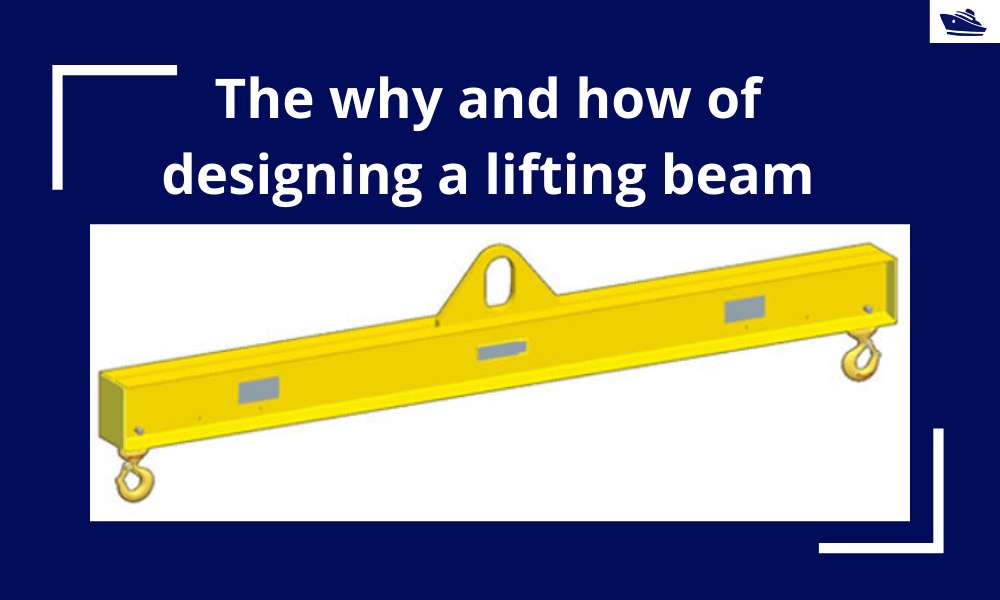
The why and how of designing a lifting beam
Lifting beams are universally applied gear used widely in various types of lifting operations, onshore and offshore. In this article, we will explore the design of a basic lifting beam and see what design checks are needed to establish the suitability of the beam for...
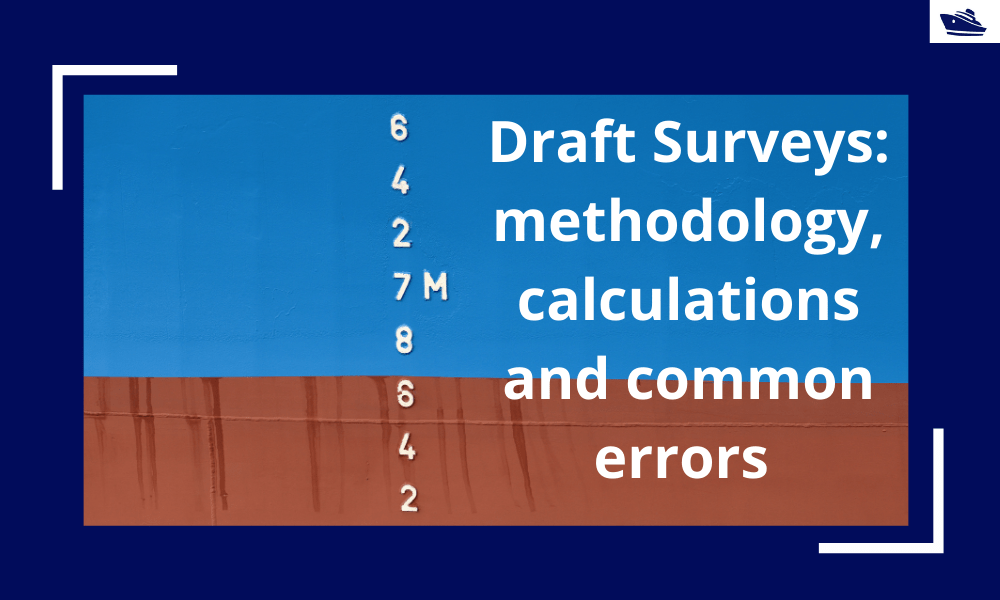
Draft Surveys: Methodology, Calculations, and common errors
Introduction Marine transport is the backbone of the global trade and reasonably can be considered to be the artery of the global manufacturing supply chain, as more than four fifths of the world merchandise trade by volume is carried by sea. Undoubtfully, the...

Designing a clip/dog plate for seafastening
Introduction In an earlier article, we saw how to design stoppers for seafastening. Stoppers are items that are used to contain the translation movements (longitudinal and transverse directions) of a cargo on the deck/hold of a vessel. That brings us to the question –...
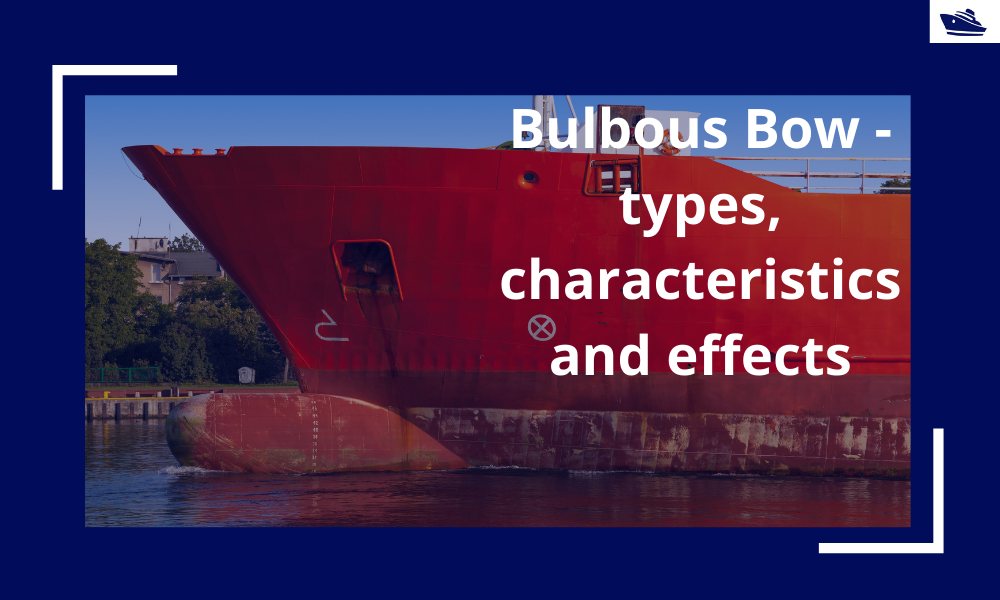
The Bulbous Bow – types, characteristics, and effects
This is Part 2 of the two-part series on Bulbous Bows. For Part 1, click here By Tamal Mukherjee, *This article originally appeared in May 2019 edition of Marine Engineers Review (India), the Journal of Institute of Marine Engineers India. It is being...
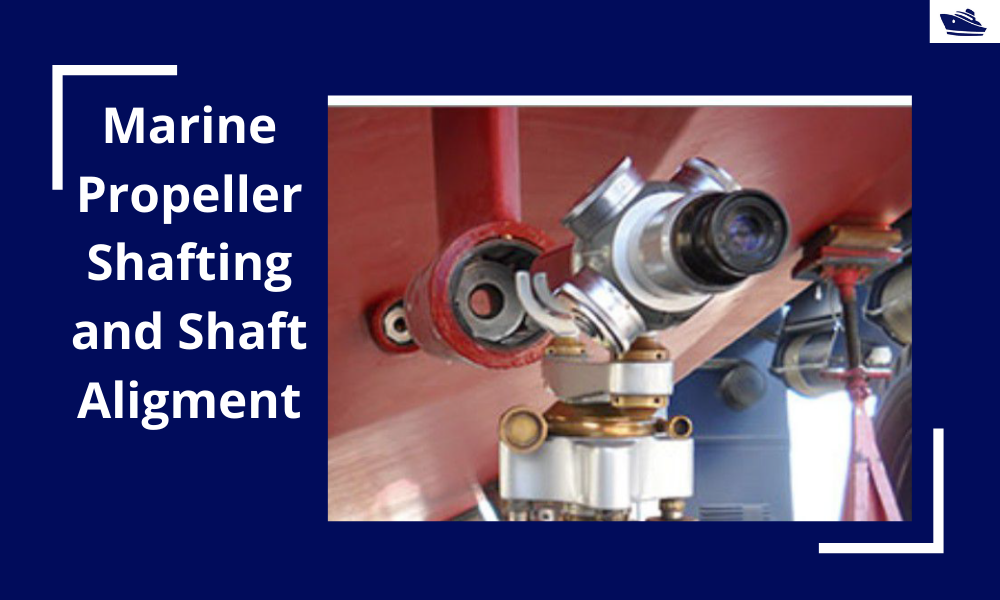
Marine Propeller and Shafting Alignment – Part 2
Gap & Sag Alignment Gap and Sag Alignment is carried out to bring the engine to its final position, in case of directly coupled installations, and to bring the gear box to its final position in case of installations with reduction boxes. The figure below indicates...
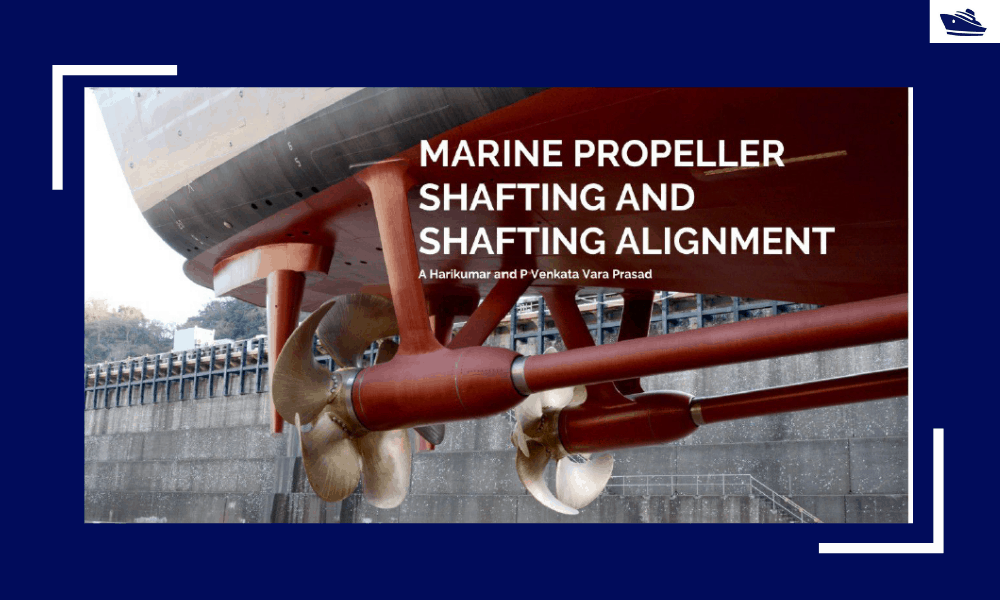
Marine Propeller Shafting and Shafting Alignment – Part 1
*****This article first appeared in July 2018 edition of Marine Engineers' Review (MER), India. We're reproducing it for the readers of our blog***** Abstract: Since 2013, Shaft Alignment Practice has undergone a change, with developments of Analysis tools. At the...

